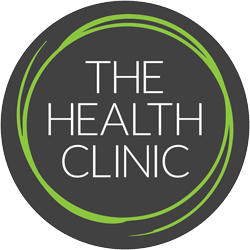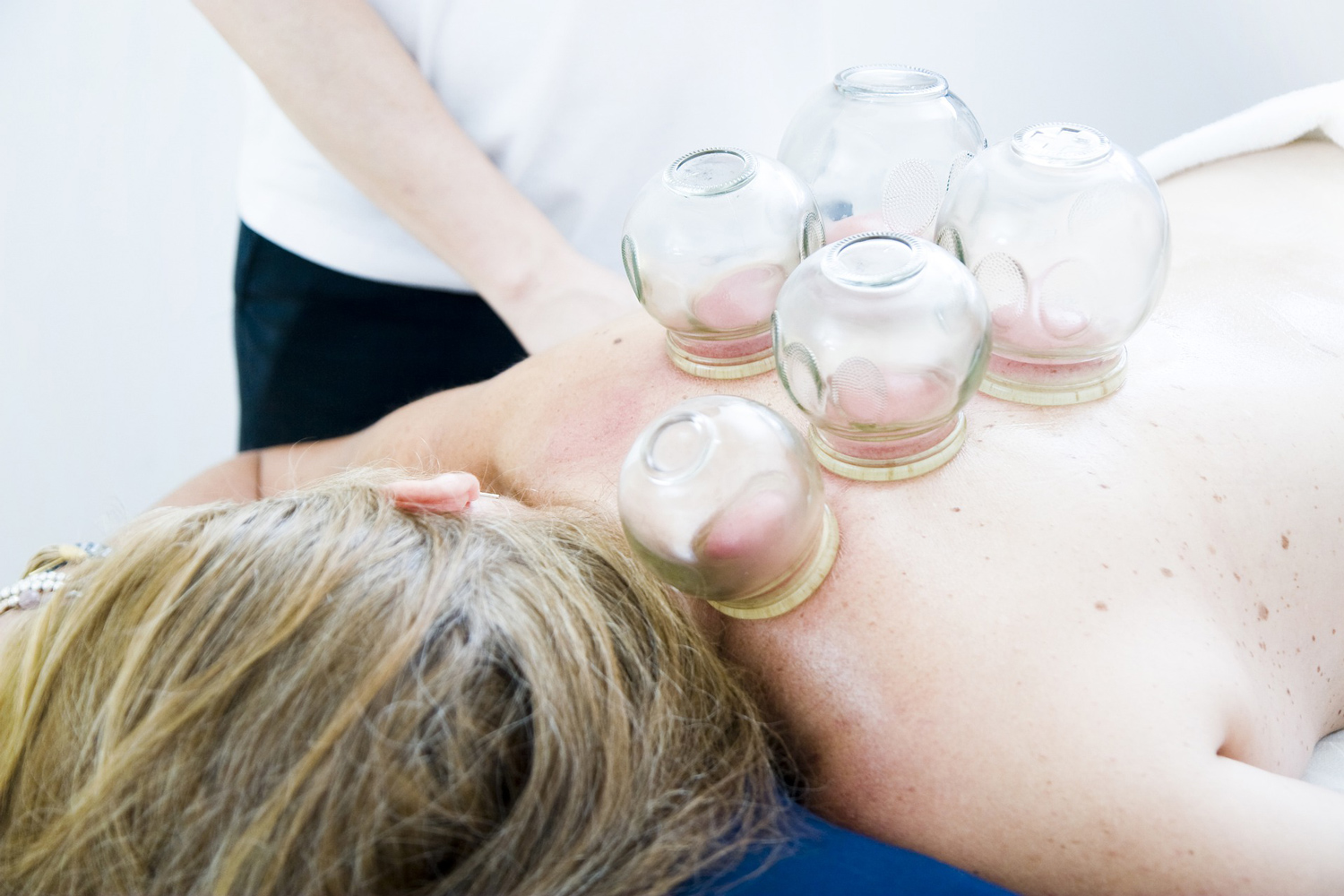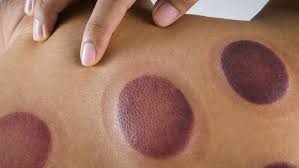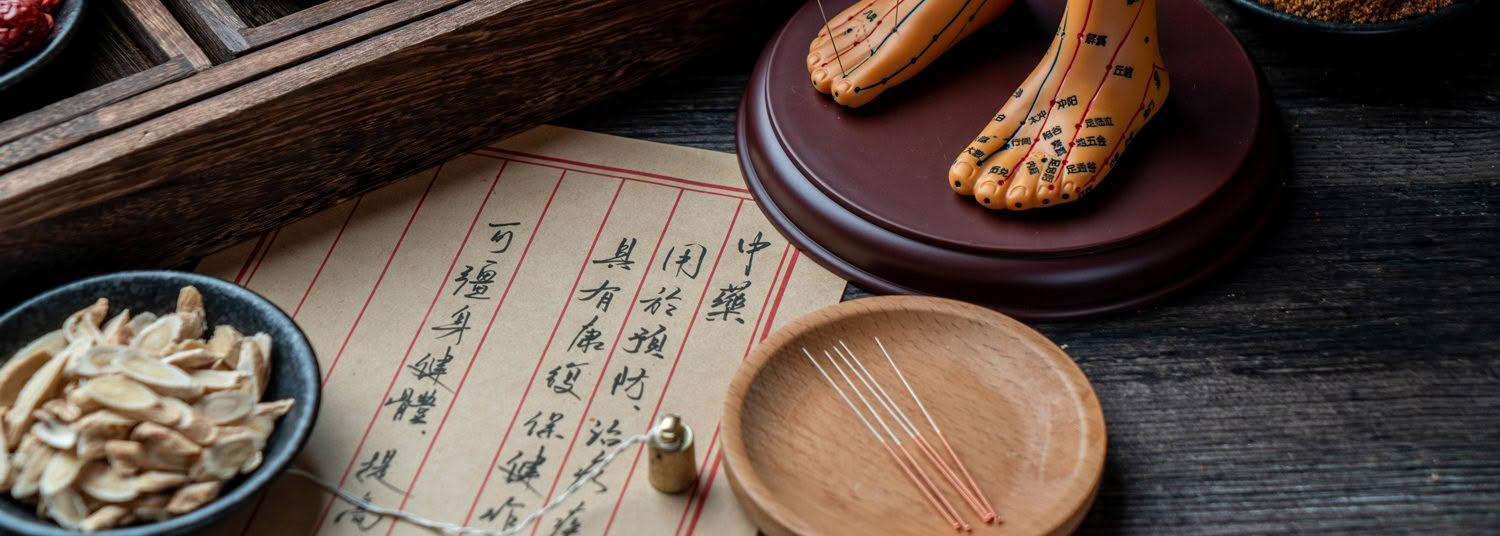
The First Acupuncture Consult
In a modern world of traditional Chinese medicine (TCM) we still apply the same ancient practice, but with slight modifications to allow for some changes in the way life was lived many thousands of years ago. In TCM we have four classical modes of enquiry: looking, listen/smell, asking and touching. So, what does this mean for a treatment at The Health Clinic.
Generally speaking, the first consult we have a series of questions (ASKING) such as main complaint, sleep, diet, bowl motions, pain, menstrual cycle (if applicable), medications, desired outcomes, previous medical history, general signs and symptoms. From there we take the tongue and pulse. This means we will ask you to show us your tongue (LOOKING) as we observe the tongue colour, body, coating, protrusion, and any other apparent features. Pulse (TOUCHING) is when we feel your pulse on both wrists as this reflects internal organ function and is a great indicator of any disharmony that may be occurring. Lastly (LISTEN/SMELL) this may seem odd but by observing how someone is breathing, or if they describe a body odour or particular smell, or generally appear and mannerisms is a huge diagnostic tool for us.
For a first-time acupuncture patient, this can sometimes seem a bit confronting with all the questions and taking tongue and pulse, but once you start to work with your acupuncturist, they should hopefully explain what they are looking for, what they are finding, and MOST IMPORTANTLY, a treatment plan with some guidelines as to how they want to approach your health complaint and health outcome.
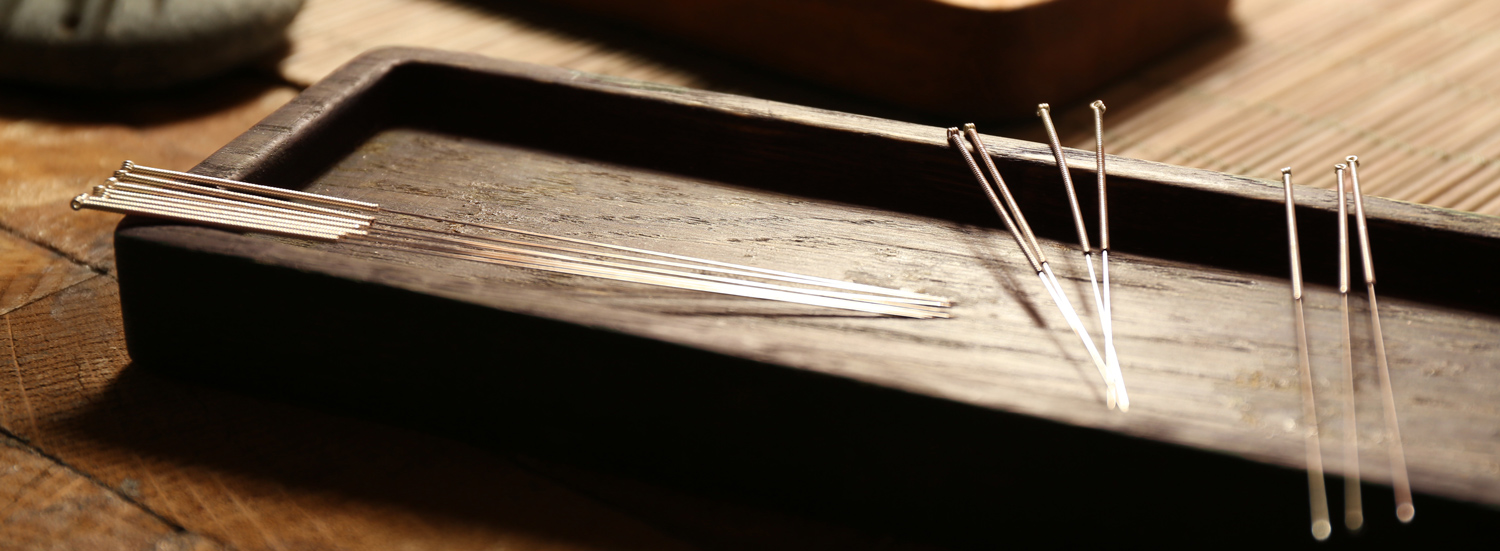
Acupuncture Needles in combination with other treatments like Moxa & Cupping
Next is the needles – at The Health Clinic, we use single use sterile needles, they are very fine, vary in length, but generally pain free on insertion. Needling can cause a mixed bag of feelings/sensations for people as in effect we are activating the various channels in the body and moving qi/blood and overall energy within the body to create harmony and help relieve signs/symptoms of the complaint. Within a session we may also use moxibustion (mugwort root that has been dried and rolled) which is very effective for pain, fertility, moving qi, and offering full relaxation. Cupping is also an excellent form of treatment we can include (refer to cupping blog), along with auricular needling/seeds (ear acupuncture) and guasha (skin scraping – excellent for muscle tension).
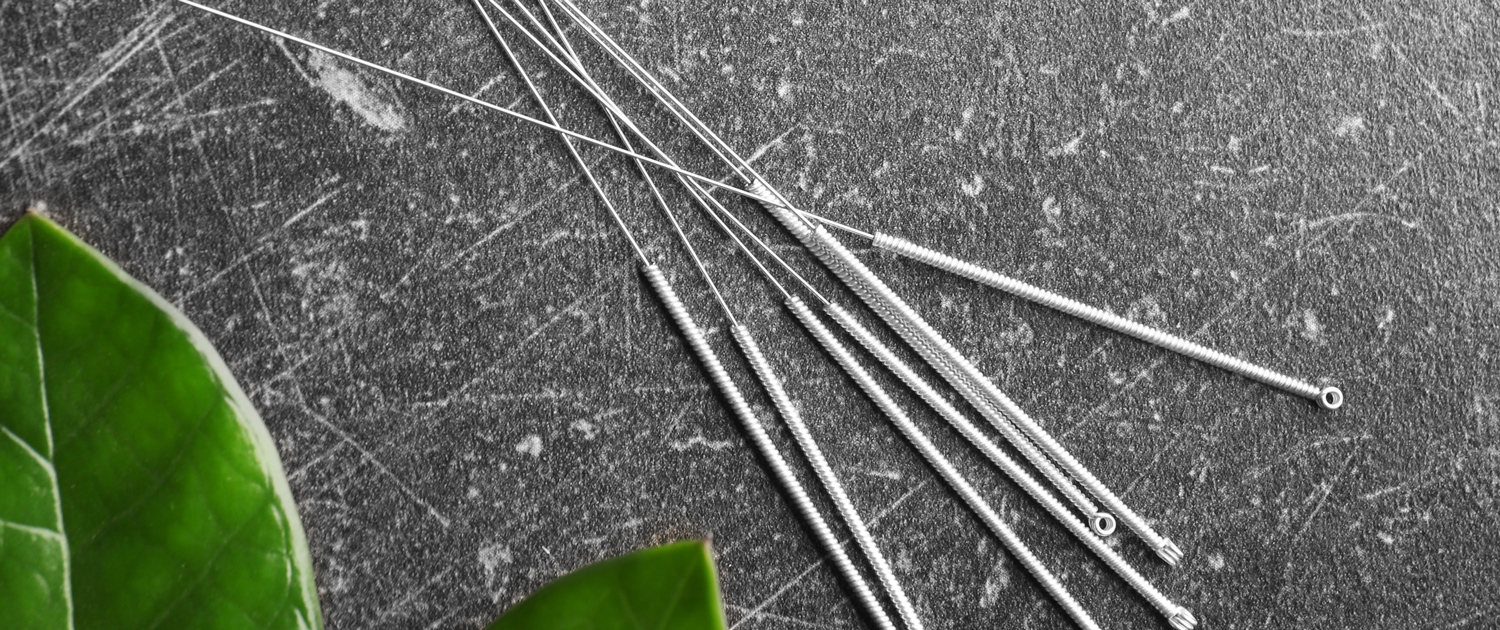
Often, depending on the complaint, I like to trial or introduce Chinese Herbal Medicine (CHM). This involves taking a herbal tonic once/twice per day to help with the main complaint, but also aide in the therapeutic effects of the needles. Needles themselves are very powerful, but sometimes if a chronic condition (or just as effective acutely if not more) needles and herbs are a lovely synergy together and can improve and increase outcome measures for the patient.
One or Multiple Acupuncture Sessions?
Ideally at The Health Clinic, we aim to have our patients leaving relaxed, and within a few treatments some great relief or improvement from their main complaint. One needs to note that acupuncture can be accumulative, so one treatment may not fix all your complaints in a session, but we would definitely expect to see some change. I often have patients come in with severe chronic complaints and they have tried every other modality that there is and in desperation come to The Health Clinic. Within a few sessions they can’t believe the transformation or shift they have noticed in their body, and often comment if only they had tried us first.
